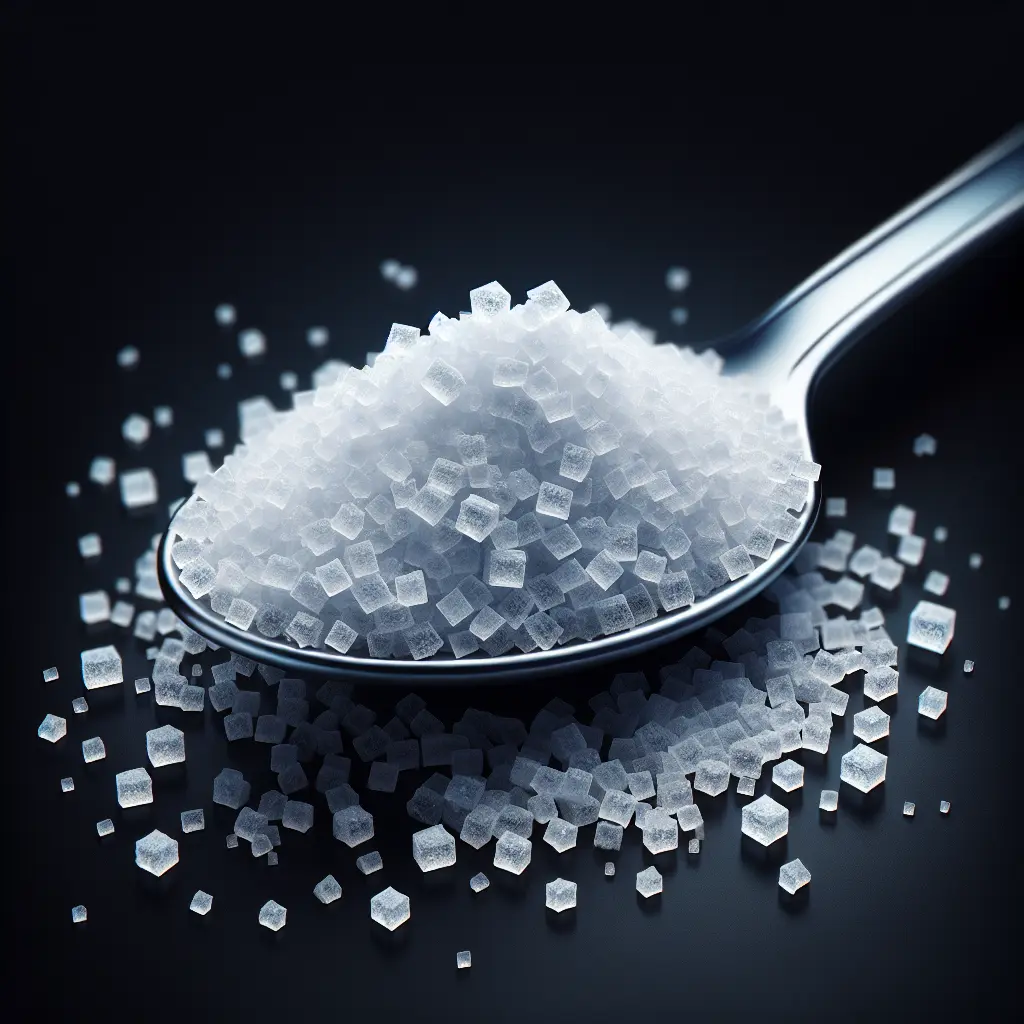Unlocking the Essence of Sea Salt
Sea salt, a natural mineral extracted from seawater, has been valued for centuries as a seasoning and preservative. Unlike refined table salt, sea salt retains trace minerals and elements, imparting a complex and nuanced flavor profile. The process of sea salt production involves evaporating seawater through natural or artificial means, leaving behind crystalline salt formations.
A Symphony of Varieties: Exploring Different Types
The world of sea salt boasts a diverse range of varieties, each with its own distinctive characteristics:
- Maldon Salt (England): Known for its large, flaky crystals and mild flavor, Maldon salt is a popular choice for finishing dishes.
- Fleur de Sel (France): Delicate and highly prized, fleur de sel is hand-harvested from the surface of salt ponds and exhibits a floral and slightly sweet taste.
- Murray River Salt (Australia): Hailing from Australia's Murray River region, this pink-hued salt is rich in minerals and has a slightly salty and earthy flavor.
- Celtic Sea Salt (France): Harvested from the Atlantic Ocean off the coast of Brittany, Celtic sea salt is known for its gray color and briny flavor.
- Himalayan Pink Salt (Pakistan): Sourced from ancient salt mines in the Himalayas, this salt is characterized by its coarse texture and reddish-pink color.
Culinary Versatility: Applications in the Kitchen
Sea salt's culinary applications are as vast as its varieties. It serves as a versatile seasoning for a wide range of dishes, from savory meats and seafood to sweet desserts:
- Seasoning Meats and Poultry: Sea salt enhances the natural flavors of meats and poultry, bringing out their umami qualities.
- Enhancing Seafood: The briny notes of sea salt complement the delicate flavors of seafood, making it an ideal pairing for fish, shellfish, and sushi.
- Balancing Sweetness: In desserts, a sprinkle of sea salt can counterbalance sweetness and create a harmonious flavor profile.
- Preservation: Sea salt has been traditionally used as a natural preservative, inhibiting the growth of bacteria in meats and fish.
- Garnishing and Finishing: The coarse texture and eye-catching crystals of certain sea salts make them ideal for garnishing and finishing dishes, adding both flavor and visual appeal.
Beyond Seasoning: Medicinal and Industrial Uses
In addition to its culinary significance, sea salt has also been recognized for its medicinal and industrial applications:
- Health Benefits: Sea salt contains essential minerals such as magnesium, potassium, and calcium, which may contribute to overall health and well-being.
- Bath Salts: Sea salt is often used in bath salts, as it is believed to promote relaxation and relieve muscle tension.
- Industrial Applications: Sea salt is also used in various industrial processes, such as the production of chlorine and sodium hydroxide.
Conclusion
Sea salt, with its rich history, diverse varieties, and culinary versatility, stands as an indispensable ingredient in the kitchens of home cooks and professional chefs alike. Its unique flavor profile and ability to enhance other ingredients make it a true culinary cornerstone. By embracing the nuances of sea salt, we can unlock a world of culinary possibilities and elevate our cooking to new heights.
How many calories are in Sea Salt?
Each 0.3 tsp of Sea Salt contains 0 calories.
Sea Salt Nutritional Information
| Nutrient | Amount per 0.3 tsp (1.5g) |
|---|---|
| Calories | 0 Calories |
| Protein | 0g |
| Fat | 0g |
| Saturated Fat | 0g |
| Cholesterol | 0mg |
| Carbohydrates | 0g |
| Dietary Fiber | 0g |
| Sugar | 0g |
| Sodium | 0.581mg |
| Potassium | 0.0001mg |
| Calcium | 0.0004mg |
| Iron | 0mg |
